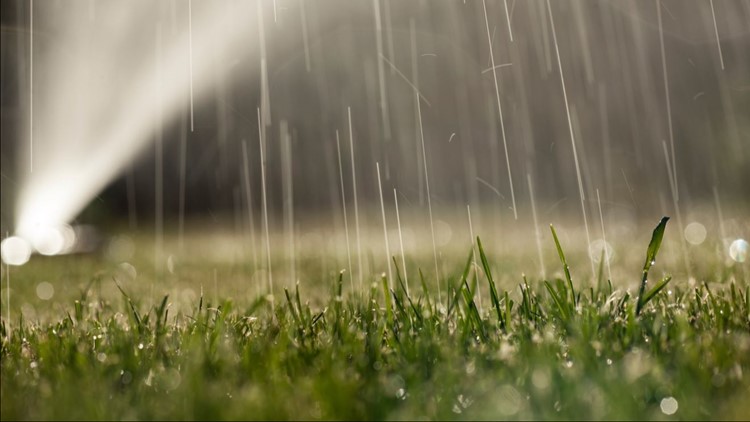DALLAS — This past year or so has taught Texans not to take electricity for granted. Water is now another resource that might soon become a problem in this state.
Simply put, Texas needs more water to keep up with all the residents and businesses moving here.
A few days ago, the city of Gunter, in Grayson County near the Red River, announced that water supplies were running low.
Planners have stated that Dallas-Fort Worth alone will require five new reservoirs in the coming decades.
One of them, proposed in northeast Texas, would flood 66,000 acres of land, evicting families, and taking property off the tax rolls there permanently.
“The people in northeast Texas, are going to wind up losing their homes, their livelihoods, the land that's been in their family for decades, just so people in the Dallas-Fort Worth area can water their lawns,” said Janice Bezanson of the Texas Conservation Alliance.
Listen to the latest Y'all-itics podcast here:
To make a reservoir, engineers dam a river and flood farmland and wooded areas. That’s why folks in northeast Texas have renewed their fight against a proposed reservoir there called Marvin Nichols.
The reservoir is being proposed again because the Metroplex needs more water.
“It was proposed back in 2001 and there was a tremendous fight against it, then, and it got postponed. But in the last revision of the state water plan it was again moved forward to a time frame that's comparable to when they would actually start building it in the near future,” Bezanson said. “It’s to be completed by the year 2050 and in operation. But the proponents have always said, it will take them 30 years to get it permitted and built. 2050 is only 28 years from now.”
She also argues that reservoirs are not the only option for growing parts of the state, like DFW.
Conservation and recharging underground aquifers should also be considered, Bezanson said.
Reservoirs also create other problems over time, experts said.
“With lakes, it's interesting," said Texas Comptroller Glenn Hegar. “Yes, we need a bigger pot to be able to hold the water, but one of the big issues over time is there's a continuing silting of that pie. And so, the bucket may be this deep and then every year it gets a little shallower over time, and so, how do we solve a silting up of our reservoirs because eventually that means in 10, 20, 30 years – the bucket's not as big as it used to be.”
But doing nothing, Hegar said, would cost Texas dearly.
His office estimates that Texas would lose 785,000 jobs and $138 billion in lost income by the end of the decade if water supplies ran short.
The old issue is likely setting up a new political fight between different parts of the state over a resource we all rely on.
Bezanson and Hegar lay out different perspectives and explain what’s at stake in the latest episode of Y’all-itics.



